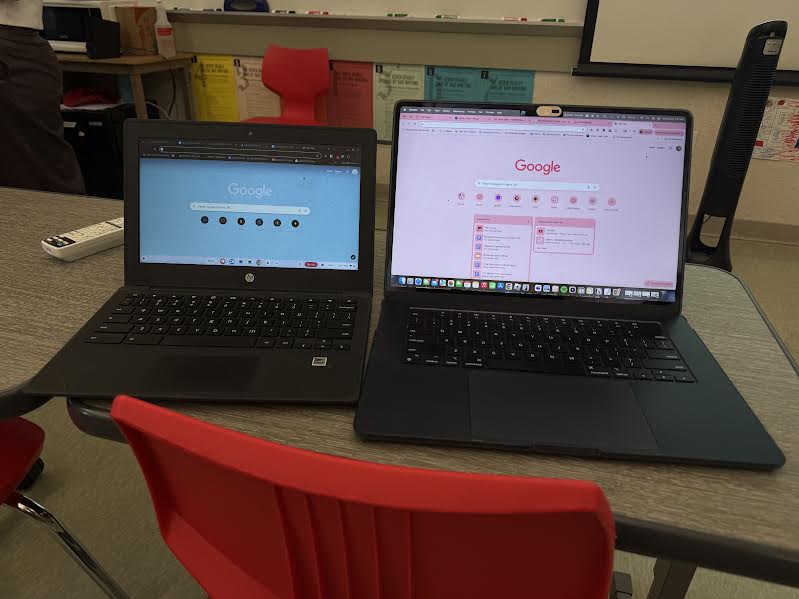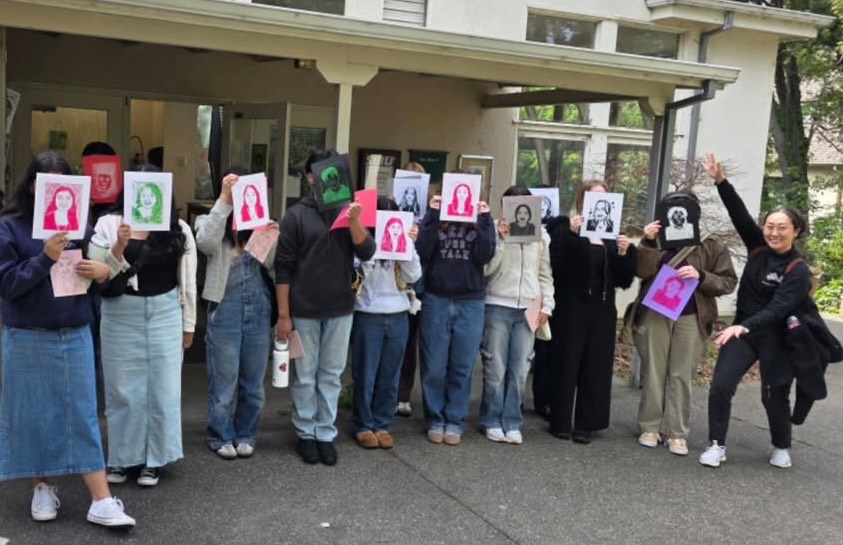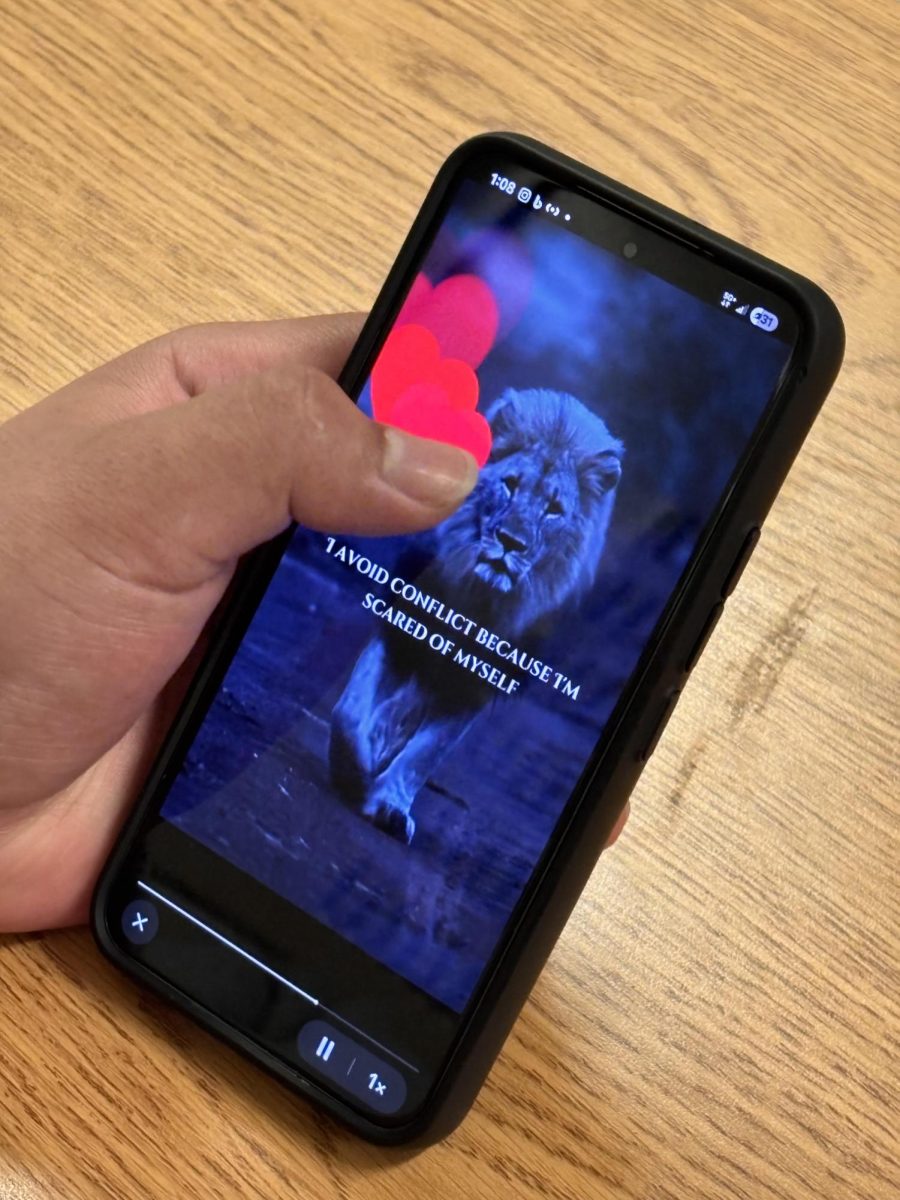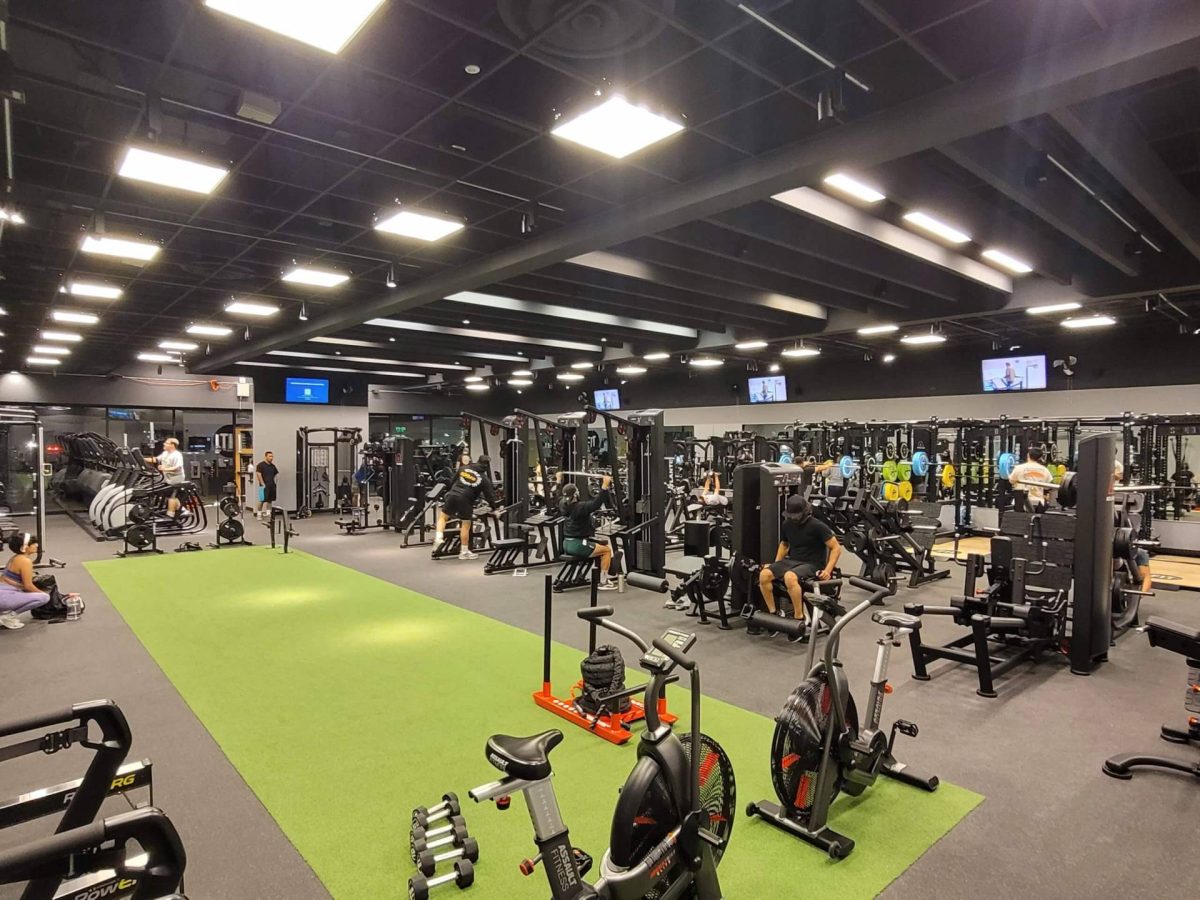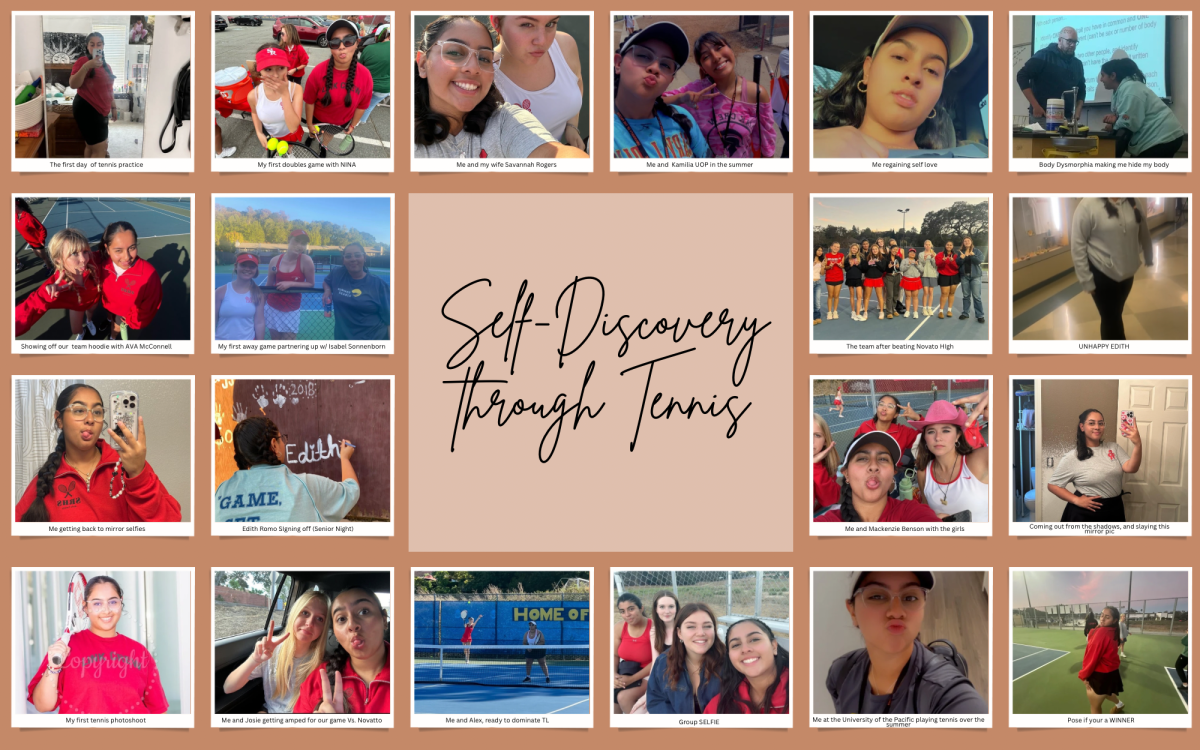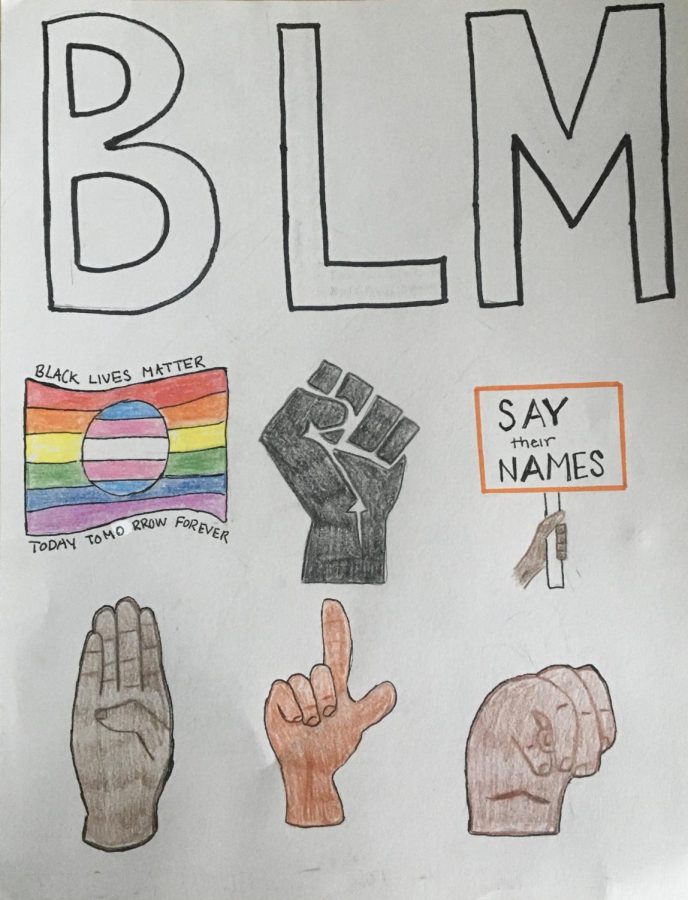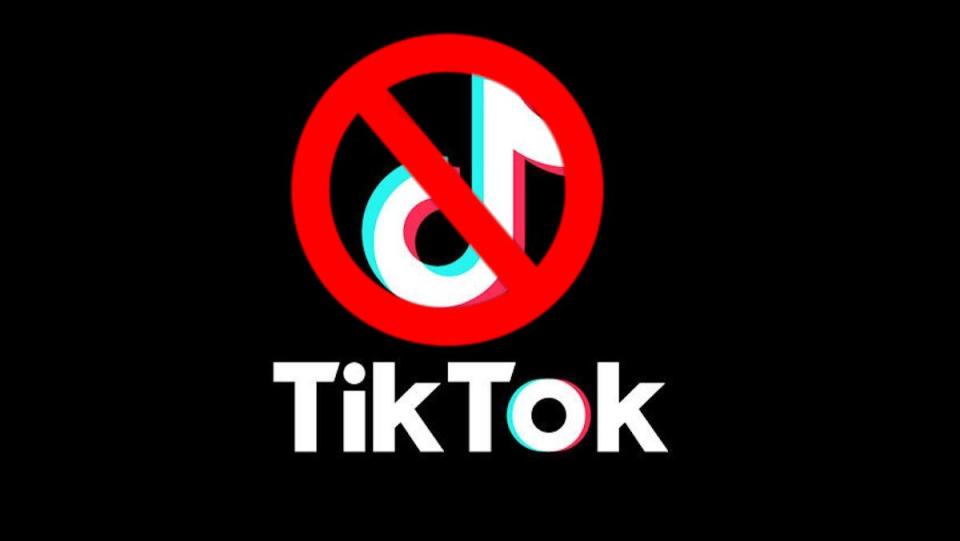Social media is a problem that isn’t addressed with enough attention. According to Consumer Affairs, 97% of female and 94% of male teens own a cell phone. Phones are a necessity in today’s society and people spend a considerable amount of time on them. In fact, research from an article by New York Behavioral Health found that children, ages 8-18, spend over 7.5 hours a day, 7 days a week using media sites outside of school. So what are we missing out on spending all this time on our phones?
That’s simple: talking to each other face to face.
As seniors at SRHS, we will be graduating soon, and moving into job training, careers, four-year college programs, and even military service. We will be building new social lives, meeting mentor figures, and finding our way as adults. Before this happens, it is important to develop the social skills needed to build successful relationships and become self-sufficient.
But, sometimes we can get carried away in our phones. SRHS senior, Naomi Sitver, finds herself spending lots of time on her phone; “I definitely spend a lot of time on social media. Especially on the weekends, I often use it as a way to distract myself instead of doing homework.” Being enrolled in several AP and honors classes, as well as having an afterschool job and other responsibilities, Sitver isn’t left with a lot of free time, and wasting it on social media can be easy.
In the same article by NYBH, teenagers between the ages of 12-17 report using text messages in their daily lives more than any other form of communication, including face-to-face interaction.
When we engage in face-to-face communication, social information is conveyed by vocal and visual cues in the context of the situation. Non-verbal communication, including facial expressions, eye contact, tone of voice, posture, space between individuals, are important parts of communicating. It’s impossible to pick up on these cues when we are talking through a screen. The American Psychological Association defines social skills as “a set of learned abilities that enable an individual to interact competently and appropriately in a given social context.”
In an interview with Mr. Fernandez, a resident teacher working in Ms. Hager’s English classes, he described the importance of developing these skills to use in a workplace environment. He worked at a startup for 7 years, and he shared the benefit he found with face-to-face interaction: “I knew almost everybody at the company. It’s being social, being able to navigate relationships, both social and emotional, right. It gives you an emotional IQ. That’s what we build with these relationships, not being on our phones.”
High school is a great place to practice and fine tune this ability to communicate face to face, but with the distraction of social media, it can be very difficult. “High school is kind of like a microcosm of what’s out there. This is the place to practice, ” said Mr. Fernandez. Social media has created an easy way out, so to speak. It allows you to tune out from the world around you, and without anyone pushing you, it makes it easier to avoid having face to face interactions than it was for prior generations. As Mr. Fernandez says, “You kind of disassociate from whatever’s going around out here, and I think that’s the negative part. It allows us to dissociate ourselves from reality. And all of a sudden our reality becomes very distorted.”
Another study from Common Sense Media in 2013 states that children’s access to electronic devices has grown fivefold in two years, and they engage with screens almost all day long and in many different settings such as cars, restaurants, vacations, and even in the bedroom. So, this not only affects face-to-face communication with your friends, but it also affects communication with your parents and other humans in general.
My brother and I were fortunate enough to have strict parents growing up. They heavily limited our use of social media and at the time I resented them for it. In 8th grade, which was considered late compared to all my friends, I was one of the last people to get a phone. My parents saw the danger of social media well before I did.
From a young age they would always harp me on my manners, making sure you look people in the eyes when you talk to them, teaching me how to shake someone’s hand. They would refuse to let us have our phones in our rooms, at the dinner table, or when we would go out to dinner, and instead put them away and talk to each other, face to face. My parents would always stress the importance of putting yourself in uncomfortable situations. “It’s gonna set them up for success, wherever they are. People like to work with other people that are happy. It makes them happy,” says Mr. Fernandez. Ordering your own food, introducing yourself, having conversations that make you feel a little uncomfortable and nervous were all things my parents knew would make me better off. They were right, and we need more people like them to push my generation to develop.
In the NYBH article, research from Blakemore’s How Does the Brain Deal with the Social World stated that “children who understand emotional cues in social settings can develop superior social skills and more positive peer relationships.” Other sources used in the article said, “These non-verbal, affective cues are much stronger when it comes to communicating in person vs. digitally (Sherman, Michikyan, & Greenfeld, 2013).” “So when children use digital communication extensively, it can curtail the face-to-face experiences necessary for them to develop and master important social skills (Giedd, 2012).”
So, what’s the solution? How do people get more comfortable with face-to-face interactions and develop the social skills to be self-sufficient? There has to be balance. We have to recognize that social media will be indefinitely inseparable from our lives. The solution isn’t to give up Snapchat or Instagram completely, but to make an intentional effort to practice those face-to-face conversations. Put your phone down every once and a while. Just talk to people.
The phone policy is also a good start according to Mr. Fernandez. He said, “I was actually in Michigan last year. I was at a charter school. They were allowed to have their phones. And here, it’s the complete opposite. At this school specifically, I definitely see a lot more interactions with kids, and it’s nice to see. It’s nice to see them laughing and talking, I don’t really see people huddle around their phones. There’s some real beauty in that.”


